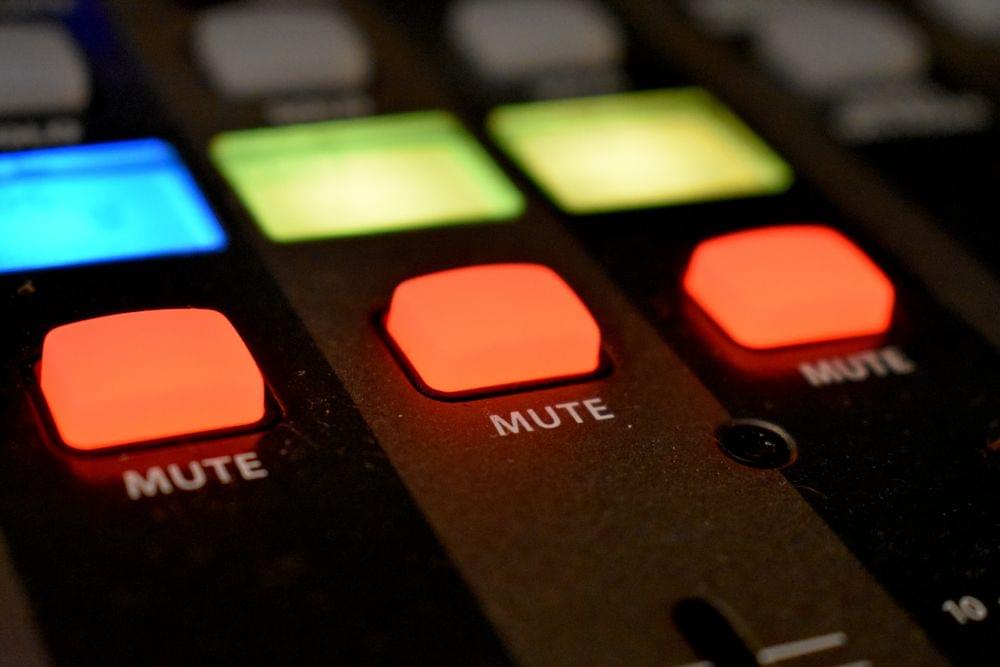Your guide to remote meeting etiquette: 10 rules to live by

It doesn’t feel like too long ago that remote working was a buzzword that few actually experienced. Then the world went crazy for a little bit, and remote work became a normal part of many people’s lives. Almost 75% of workers across the globe work from home at least some of the time, and it seems that hybrid working will be the most popular work style going forward.
Of course, all that remote work means we are having more remote meetings than ever before.
Now, by this stage, we should all be familiar with remote meetings and the various annoyances that come with them. Yet, for some reason, there are still some out there who don’t quite seem to grasp how to be respectful via digital communication.
With all that in mind, we’ll look at some key rules you should follow to maintain perfect remote meeting etiquette. Don’t be afraid to send this around to your teams if you know some people who could do with a little refresher course!
Table of contents
- 10 remote meeting etiquette rules to remember
- Remote meetings are here to stay, so why not make them easy?
10 remote meeting etiquette rules to remember
Act like you would at any other meeting
The best advice we can give you is simply to treat remote meetings like you would an in-person meeting. Just because the meeting happens digitally doesn’t mean it’s somehow less important. You should be paying the same amount of attention, avoiding distractions, and allowing others the chance to speak up.
Check your lighting
Lighting plays a huge part in how you come across on a webcam. Most built-in laptop cameras are designed to do the job and little more, so they’re often on the lower quality side.
By ensuring you are well lit, you can ensure your body language comes across correctly, and you don’t look like some kind of Bond villain. Avoid sitting with a bright light directly behind you, as it can blow out your image, and all anyone will see is a shadowy outline.
Now, we’re not saying it should be “lights, camera, action!” every meeting. You just need to be aware of how your room is lit.
Find a quiet space
By now, we’ve all seen the viral videos of children and pets ruining remote news interviews and meetings. While they make for hilarious viewing, it’s less than ideal for those involved in the conversation. Your remote meetings should be held in a closed-off space free from intruders and distracting noises. If that’s not possible, make sure to take note of the next tip.

Use the mute button
Okay, now we know we’re all sick of hearing “you’re on mute,” but hear us out. The mute button is actually your friend. Rather than having everyone with their microphone on at once, which can encourage a free-for-all discussion, everyone should be muted when they’re not talking.
By doing this, everyone can hear the people speaking without disruption from other people’s microphones. It also eliminates the chance of people talking over others which can be incredibly frustrating. Most video conferencing platforms have a feature that allows you to “raise your hand” when you have something to say, allowing meetings to stay structured and inclusive.
Test your software before meetings
If you’re a bit of a technophobe, video conferencing software will likely confuse you a little bit. There are a lot of features and different buttons you need to know to get the best out of it. However, figuring it out on a call can negatively affect productivity.
If you’re unsure about the tech you’re due to use for a meeting, try it out beforehand. You can even call someone else on your team who can walk you through everything. That way, meetings can be purely for business and productivity.
Try not to assume anything
With everyone staring at their screen, it’s impossible to know who they’re looking at. So if you’re just randomly talking while looking at someone, in particular, they’re not going to know you’re addressing them directly. To avoid confusion, be clear about who you’re speaking to by simply using their name.
Making assumptions about someone’s intentions or mood is another thing that you should avoid. Some people aren’t as comfortable on camera as they are in person, so their body language and tone may be a little off.

Use body language
Yes, we know it seems silly to talk about body language when all anyone will see is your shoulders and head, but body language is still vital to remote meetings. A simple head nod, smile, or movement can show you’re genuinely interested in what others have to say, whereas just slouching in your chair gives the impression you don’t want to be there.
Minimize distractions
It’s always worth remembering that even though you’re working from home, it is still work. It’s not time to browse social media or watch a video on your phone. Keep distractions to a minimum, close those extra tabs and put your phone away for a little bit!
Silence your phone
Speaking of phones, turn them off or put them on silent! Few things are more disruptive to a meeting than someone’s phone making a noise every two seconds. The group chat can wait for half an hour, we promise.
Try not to multitask
Trying to get some extra work done during a remote meeting can be very tempting. You’re already on the computer, so what’s the harm in opening that spreadsheet?
If you’re working on something else, you will not be able to actively listen to what is being discussed in the meeting. This can mean you’re caught off guard when someone asks for your opinion on something or may even lead to a bigger disruption down the line when you’re not sure what tasks you should be working on.
Remote meetings are here to stay, so why not make them easy?
Here at EasyRetro we’re all about making virtual team meetings fun and simple. If you follow these remote meeting etiquette guidelines, your remote meetings are sure to run smoothly. And if you’re looking for a great way to run remote retrospective meetings, give EasyRetro a try! Our platform take the guesswork out of remote retrospectives so you can focus on the work at hand. Get started today!